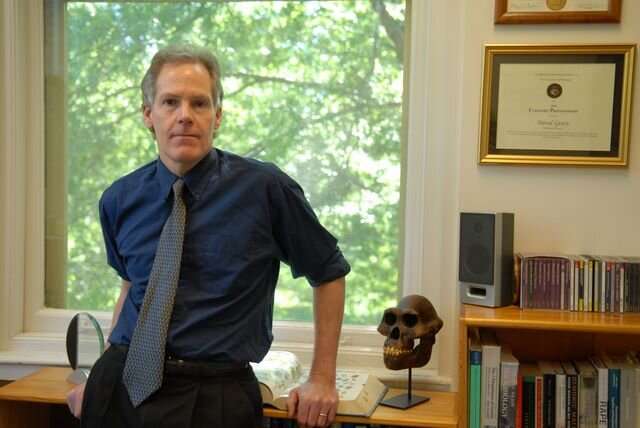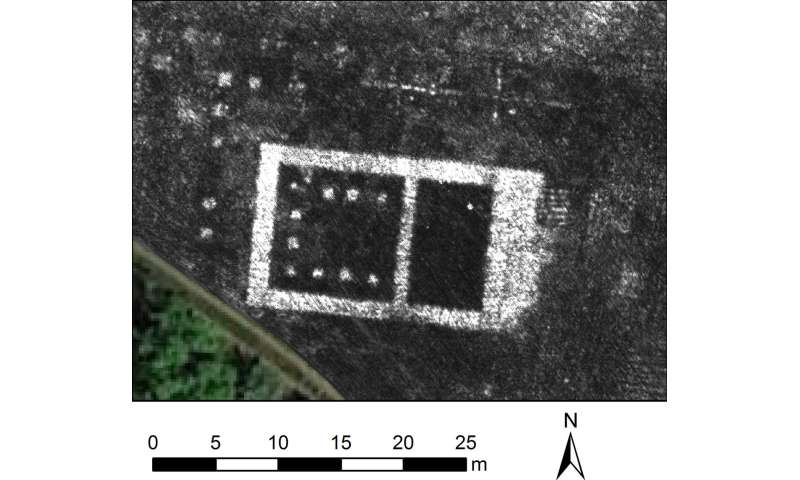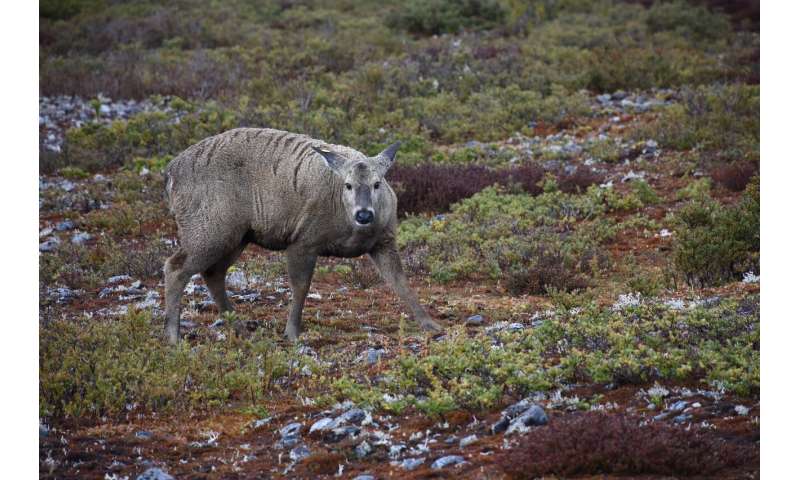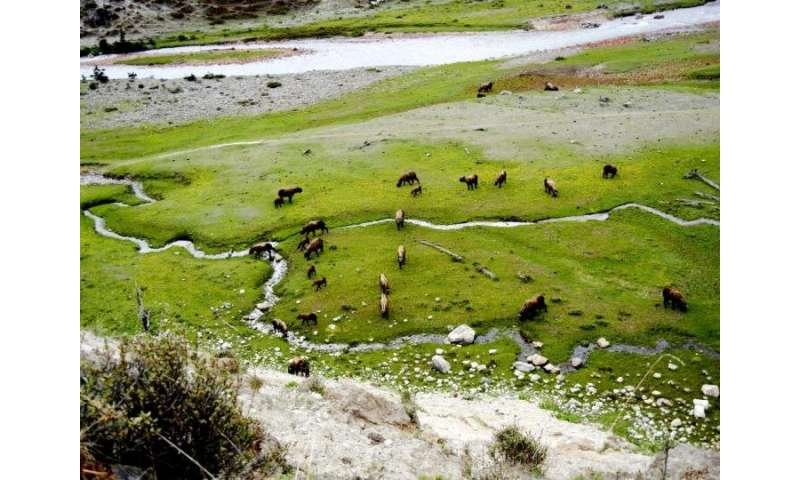Scientists warn against 'greenwashing' of global coastal developments

The world's waterfront cities should not be deluged with apparently green developments because they still carry the potential to cause damage to the marine and coastal environment, scientists have warned.
Coastal urban areas all over the world have expanded at an increasingly fast pace in recent years, with developers innovating a variety of ways to try and minimise their impact on natural habitats.
However, an international team of scientists has said the artificial structures and reclaimed land that have resulted are often poor surrogates for the natural environment they replace.
They say that where societal and economic demand makes development inevitable, more attention must be paid to claims over biodiversity gain because a 'greened' development will always impinge on natural systems.
The calls are made in a commentary article, accepted for publication in the Journal of Applied Ecology and written by eco-engineers, ecologists and marine biologists from the UK, Italy and Malaysia.
Led by researchers from the University of Plymouth, it particularly focuses on the application of so-called integrated greening of grey infrastructure (IGGI).
Despite it already being implemented in many places, they believe there is considerable scope for it to be misused, leading to the 'greenwashing' of new developments including seawalls, breakwaters and artificial islands.
Instead, the scientists say it can undoubtedly be used to enhance previously-developed or degraded environments, and those projects should act as a testbed for where IGGI can have a positive—and, just as importantly, a negative—impact.
Dr. Louise Firth, Lecturer in Marine Ecology at the University of Plymouth, is the article's lead author. She said: "The artificialisation of the global coastline is driving humanity to develop novel solutions to halt biodiversity loss and enhance the marine built environment. While IGGI has demonstrated real promise in experimental trials and redevelopment projects, there are many limitations and unknowns and now is the time to have an open discussion about its risks and benefits.
"It is certainly true that when incorporated in redevelopment or regeneration, it can represent something of a laurel wreath with measureable benefits for humans and nature. However, in new developments, it could be viewed as a fig leaf covering up environmental damage or even worse, a Trojan horse deliberately causing harm."
In the article, the researchers do highlight a number of projects where existing structures or developments are being regenerated for environmental benefit. These include the Billion Oyster Project in New York, which is using artificial structures to install oysters with widespread success.
They also highlight areas which could be at risk of greenwashing, including disused oil platforms in the Gulf of Mexico, which may be supporting marine life now but may not continue to do so as their structures degrade.
Their article adds that over the last 30 years, Asia and the Middle East have experienced the greatest population and urban growth while constructing some of the most ambitious and iconic land reclamation projects. However, of the top 50 countries expected to experience the fastest population growth from 2020-2100, 86% are African and 72% of them are coastal.
These countries have some of the largest remaining stretches of 'unaltered' coastlines, but limited environmental protection policies, and as such are potentially the most vulnerable to future habitat loss and megadevelopment.Artificial coastal defences could be used to enhance marine biodiversity, study shows
More information: L.B. Firth et al, Greening of grey infrastructure should not be used as a Trojan horse to facilitate coastal development, Journal of Applied Ecology (2020). DOI: 10.1111/1365-2664.13683
Journal information: Journal of Applied Ecology Provided by University of Plymouth













